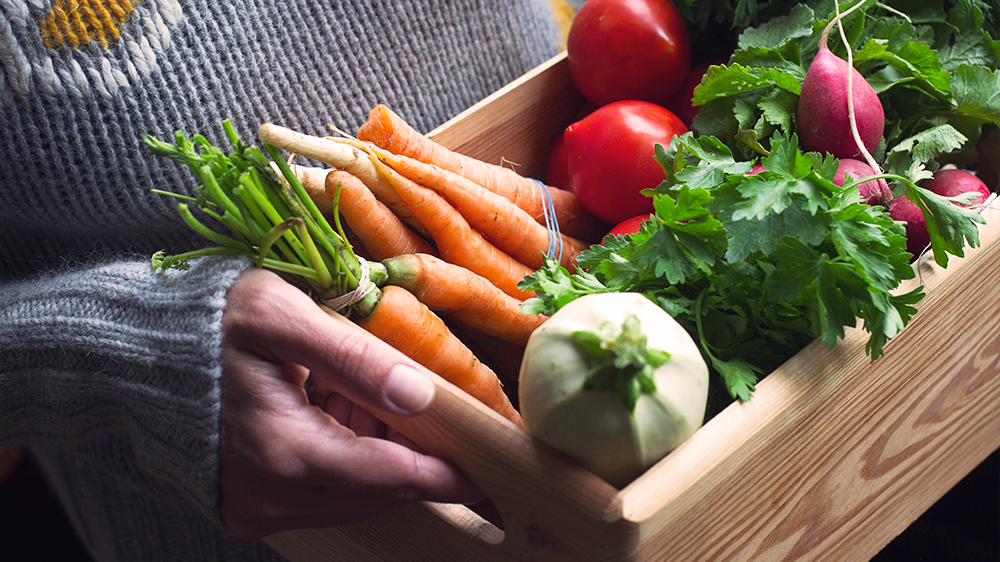
Many of us have been trying to limit our visits to the supermarket, but it’s often easier said than done—especially when perishable fruits and vegetables are at the top of your grocery list. Luckily, spring is here, and we can dive right into easy-to-grow edible gardening to ensure we have a reliable, steady food source just a few paces away from the kitchen.
By expanding your kitchen to the garden and growing your own edible plants, you’ll save money while also protecting your health. Fruits and vegetables are their most nutrient-dense at the time of harvest, so by feeding your family your own garden-grown produce, you’re helping to boost their immune systems and keep them feeling strong.
Want to start your own edible garden in the yard? These nine easy-to-grow fruits and vegetables will definitely be a hit at your dinner table:
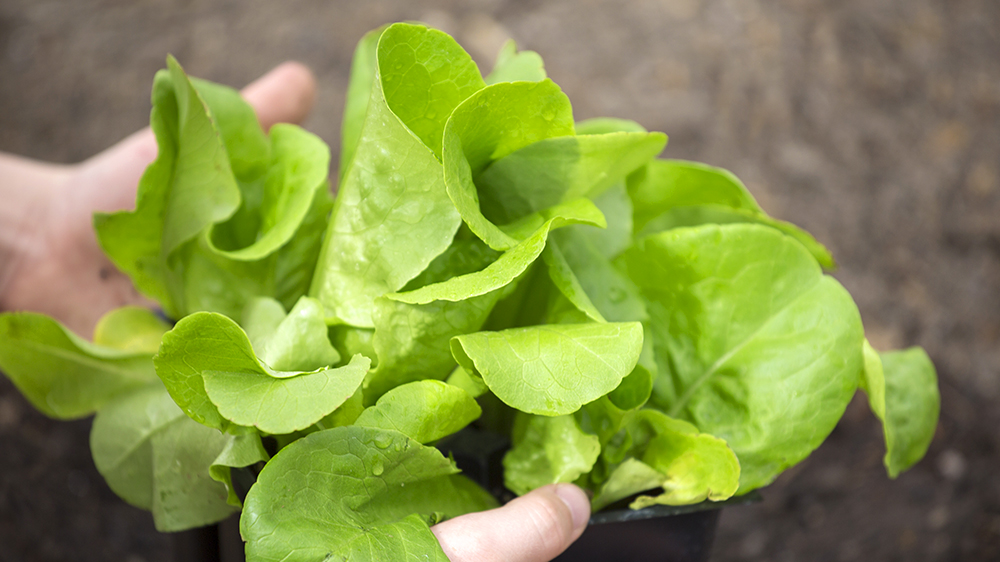
The Top 9 Easiest Fruits And Vegetables To Grow At Home
Leafy Greens: Growing your own lettuce greens is like a gift that keeps on giving—you can continuously harvest leaves whenever you need them, instead of gathering one big harvest at the end of the season. Whether you want regular lettuce, spinach, or some spicy arugula, a few pots full of leafy greens placed throughout the yard will be well worth the minimal maintenance.
Radishes: We love growing radishes, simply because they’re so quick to develop! They’re usually ready to harvest one month after seeding, so if you plant a small amount every two weeks, you’ll have a pretty steady supply of radishes. They do best in cooler weather, so try to avoid growing them during the hotter summer months to prevent them from bolting. Instead, you can plant them in containers and put them on the windowsill to keep the temperature controlled.
Strawberries: There are so many fantastic varieties of strawberries you can grow, but we recommend choosing an ever-bearing variety so that you’ll be able to get a few good harvests out of them. For a change of scenery, try growing them in hanging baskets around the yard! The bright berries hang down from vines like little red lanterns, adding a fun pop of color to the landscape. Grow them in our FoxFarm Strawberry Fields Potting Soil for the biggest, tastiest berries you can get.
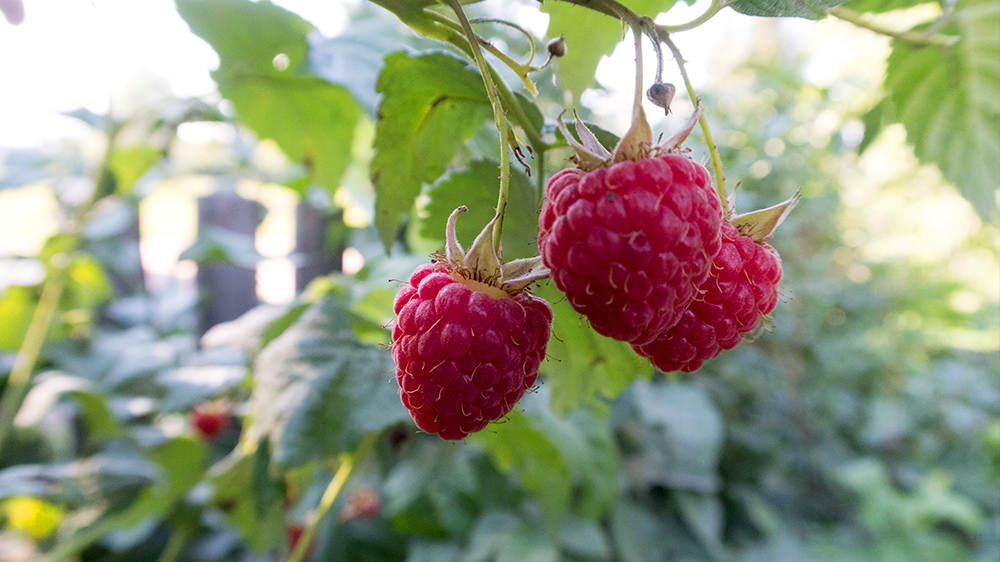
Raspberries: If you’ve been considering adding some decorative shrubs into your landscape design, we highly suggest adding raspberry bushes into the mix. They’re easy to care for, they aren’t too difficult to prune, and they provide you with a delicious late-season harvest when summer transitions to autumn. After transplanting your bushes, it helps to spread a layer of mulch across the soil surface to retain moisture and reduce the need for watering. Raspberries love to spread, so keep an eye on them if you don’t want them to take over your yard!
Blackberries: There are three kinds of blackberry plants: erect thorny, erect thornless, and trailing thornless. If you’ve got kids, you might want to avoid the thorny varieties to keep them from getting poked. Erect varieties grow in a shrub formation, so they grow pretty similar to raspberries, while trailing varieties require a trellis to grow up. So long as they have well-draining soil and lots of sunshine, you won’t have much trouble getting these plants to bear fruit.
Tomatoes: Nothing beats the boom of fresh tomatoes in the summer—when suddenly, you have more tomatoes than you can use! Luckily, this versatile fruit can be incorporated into so many delicious dishes, whether cooked or uncooked. If you do end up with a bit more than you can reasonably eat before they spoil, you can either process them into cans or blanch and freeze them for up to a year! The texture will be a bit different, but the flavor will remain, so you can easily add them into sauces and salsas to enjoy through fall, winter, and spring.
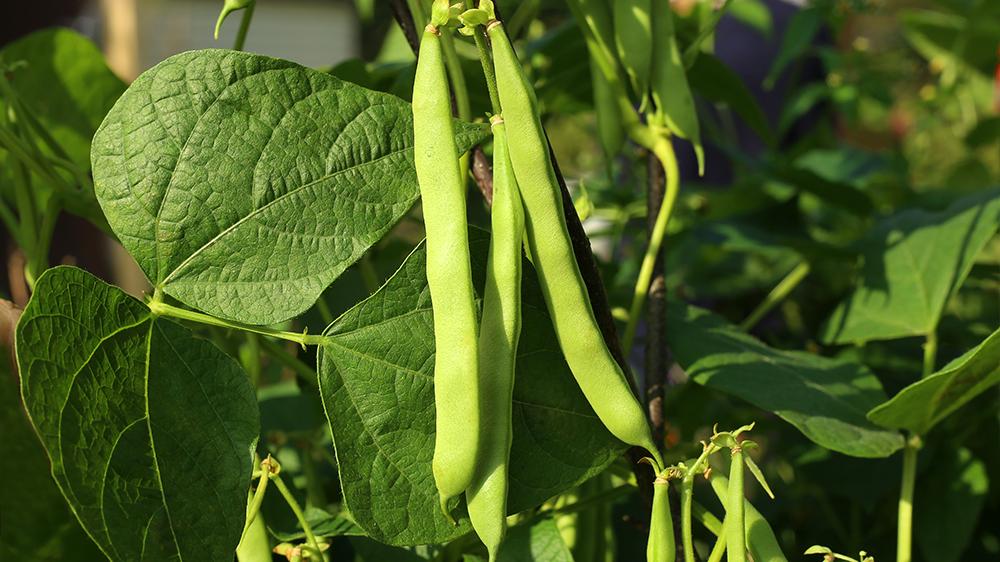
Green Beans: Beans are widely regarded as one of the easiest vegetables to grow for beginners. Similarly to blackberries, beans will either grow on vines or in bushes. The vining varieties will need a trellis, but bush beans won’t. They’re great if you don’t have much space, because the plants don’t spread out very much, but they still boast a pretty impressive harvest. The plants will also deposit plenty of nitrogen into the soil, which your other garden plants will certainly appreciate.
Cucumbers: These classic summer vegetable plants grow on vines, and are actually quite pretty when their yellow blossoms appear. They’re also great for long-term storage because, as we all know, cucumbers are the quintessential pickling vegetable. Cucumber plants can be a bit finicky when transplanted, so your best bet is to seed them directly into the soil as soon as the threat of frost has passed. Plant them in a spot with plenty of sunlight, mix lots of fresh organic matter into the soil, and apply a layer of mulch for best results.
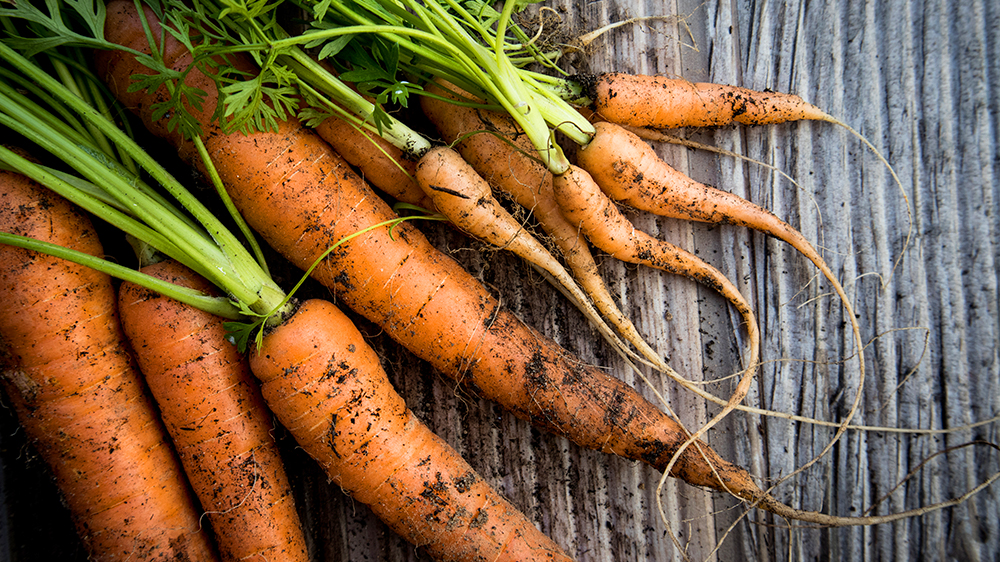
Carrots: Carrots can be stored safely for quite a long time, and they’re exceptionally hearty and filling, so they’re well worth adding into the garden. Always make sure your garden soil is draining well and isn’t compacted—if it’s too packed down, the carrots won’t be able to grow long, and they’ll end up short and stumpy. Grab your trowel and really loosen up the soil before planting, to make sure conditions are ideal.

Ready to start planning your spring fruit and vegetable garden? Order your items online and arrange for curbside pickup, so you can get everything you need without having to navigate the shop. Alsip Home & Nursery is happy to help in whatever ways we can, so feel free to call one of our locations if you have any questions about available products, pickups, or arranging deliveries.
